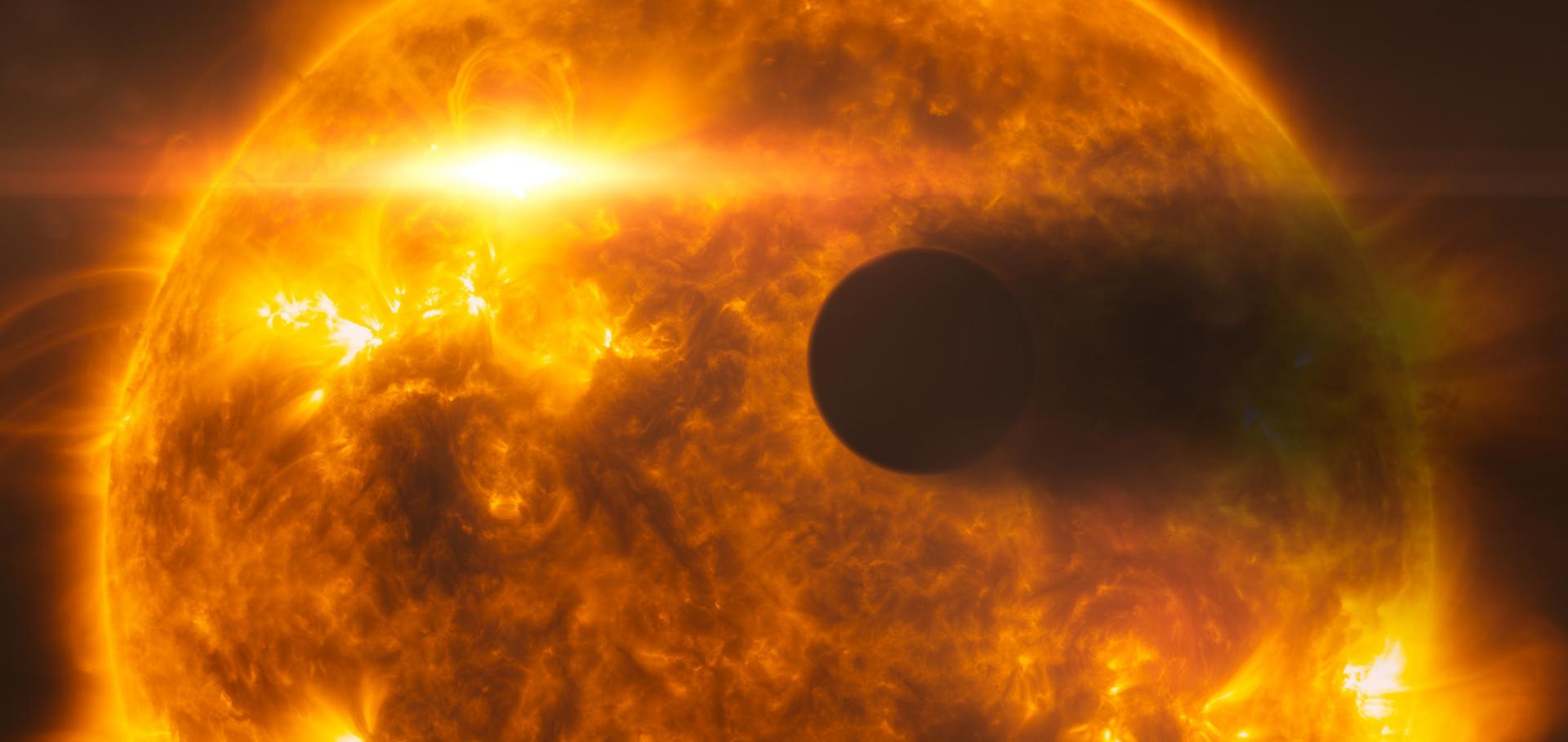A HARPS-N mass for the elusive Kepler-37d: a case study in disentangling stellar activity and planetary signals
(2021)
How does thermal scattering shape the infrared spectra of cloudy exoplanets? A theoretical framework and consequences for atmospheric retrievals in the JWST era
Monthly Notices of the Royal Astronomical Society Oxford University Press 506:1 (2021) 1309-1332
Abstract:
Observational studies of exoplanets are suggestive of a ubiquitous presence of clouds. The current modelling techniques used in emission to account for the clouds tend to require prior knowledge of the cloud condensing species and often do not consider the scattering effects of the cloud. We explore the effects that thermal scattering has on the emission spectra by modelling a suite of hot Jupiter atmospheres with varying cloud single-scattering albedos (SSAs) and temperature profiles. We examine cases ranging from simple isothermal conditions to more complex structures and physically driven cloud modelling. We show that scattering from nightside clouds would lead to brightness temperatures that are cooler than the real atmospheric temperature if scattering is unaccounted for. We show that scattering can produce spectral signatures in the emission spectrum even for isothermal atmospheres. We identify the retrieval degeneracies and biases that arise in the context of simulated JWST spectra when the scattering from the clouds dominates the spectral shape. Finally, we propose a novel method of fitting the SSA spectrum of the cloud in emission retrievals, using a technique that does not require any prior knowledge of the cloud chemical or physical properties.Planet Hunters TESS III: two transiting planets around the bright G dwarf HD 152843
(2021)
A self-lensing binary massive black hole interpretation of quasi-periodic eruptions (vol 503, pg 1703, 2021)
MONTHLY NOTICES OF THE ROYAL ASTRONOMICAL SOCIETY Oxford University Press (OUP) 504:4 (2021) 5512-5512
Abstract:
This is an erratum to the paper ‘A self-lensing binary massive black hole interpretation of quasi-periodic eruptions’ (2021, MNRAS, 503, 1703–1716). In the originally published version of this manuscript, one of the references was incorrectly typeset. The incorrect reference was Bose R., Varghese N., 2021, ApJ, 909, 82. The correct reference is Raj A., Nixon C. J., 2021, ApJ, 909, 82. This has now been corrected online. The Publisher apologizes for this error.Separating planetary reflex Doppler shifts from stellar variability in the wavelength domain
Monthly Notices of the Royal Astronomical Society Oxford University Press 505:2 (2021) 1699-1717


